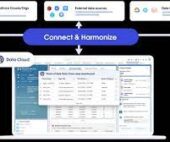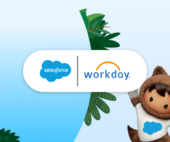Salesforce CMS Summer 24 Release Notes
Clone any content type and its variants, add an API name when you create an enhanced CMS workspace and content, and work with CMS content previews. Salesforce CMS Summer 24 Release Notes. Like1 Related Posts The Salesforce Story In Marc Benioff’s own words How did salesforce.com grow from a start up in a rented apartment









